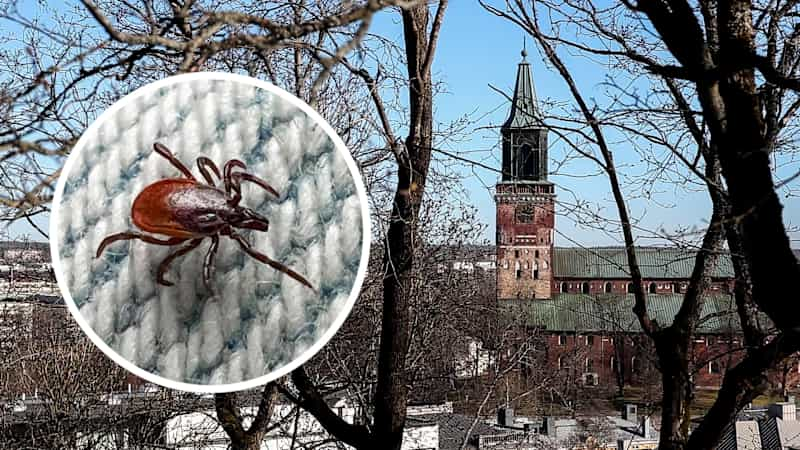Ticks lurk in cities more than thought – and the risk of disease may also be higher than in the countryside

There are also ticks outside the archipelago, and more than expected. In cities, squirrels in particular act as hosts for ticks.
The risk of being bitten by a tick is even higher in some urban areas than outside urban areas.
The tick situation was investigated in a study in which samples were collected from green areas in five cities: Turku, Oulu, Jyväskylä, Tampere and Helsinki.
The risk of being bitten is high in the city because of the large number of people in green areas. The likelihood of a tick-human encounter is high.
In the study, the density of ticks increased if there was forest in the green area. On the other hand, the increase in the size of the green area suddenly reduced the number of mites.
– In the medium -sized green areas of the urban, there were most ticks. Presumably, in a larger area, host animals and ticks are spread over a wider area, says Vesterinen.
There were no major differences between the cities studied in the density of ticks, but the variation within the cities was great.
The risk of disease can also be high in urban areas in some places
The worst pathogens carried by mites for man are the borrelia bacterium causing borreliosis and TBE virus causing tick-borne fever.
The study revealed that the Borrelia bacterium of all pathogens was the most common in the ticks studied. The bacterium was diagnosed with 43 % of adult ticks in green areas and 22 % of nymphs or young mites.
The TBE virus was only searched for in Turku mites, but it was not found.
According to Eero Vesterinen, the prevalence of Borrelia bacterium and TBE virus compared to rural ticks is not yet available.
Instead, bacteria of the Ricettsia family were found more in urban ticks than in the rural areas. The bacterium can cause high fever, headaches and muscle aches.
The potential reproduction of pathogens, or pathogens in a limited city green area, is due to the fact that the hosts and ticks of the area are more closely involved with each other. Then the ticks will receive pathogens from the blood of the host animals and spread the disease to the next host animal.
\”It may happen that the pathogens get rich in the environment,\” says Vesterinen.
Thus, the risk of getting a mite -spread disease can be greater in the city than in the countryside.

Human infection is fatal for the tick
In practice, the tick tastes blood meal from any uniform species. In addition to man, it adheres to other mammals and birds.
Docent Eero Vesterinen says that in urban areas, especially squirrel is a common host for ticks. Typical hosts in cities are also hare animals.
Taking a person, cat or dog is often a fatal mistake for ticks.
Although dogs and cats are effectively collecting ticks, they are usually found, or the tick falls indoors. The tick in the inside dies.
– Getting a person or pet is a dead end, says Eero Vesterinen.
